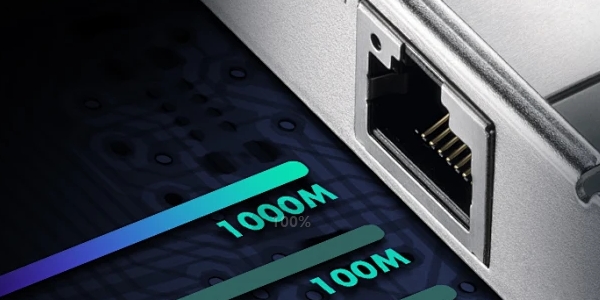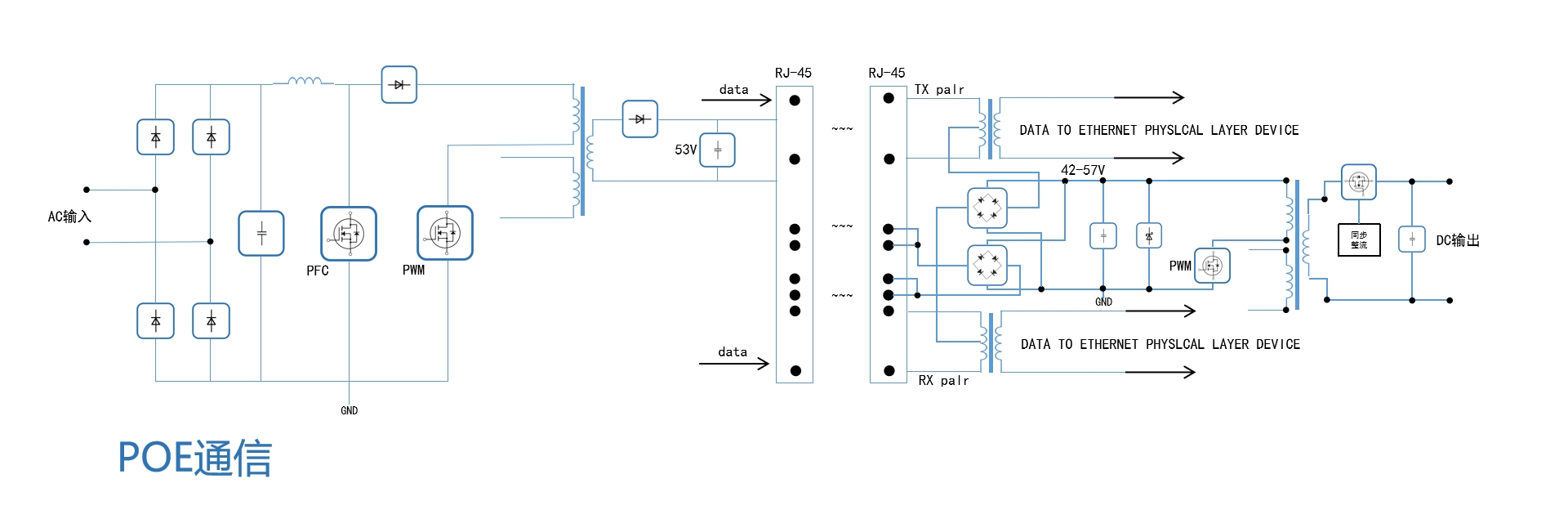

 时间:2024-02-27
时间:2024-02-27
 作者: 张三
作者: 张三
 阅读: 188次
阅读: 188次
Optimization and performance improvement of power devices applied in PoE communication devicesPower Over Ethernet (PoE) technology, as an important innovation, provides convenient and efficient power supply for our devices. This article will focus on the key power devices in PoE communication devices, namely MOS transistors, TVS transistors, and rectifier bridges, and explore how they work together to achieve excellent performance and stable operation.

1. Selection and optimization of MOSFETsIn PoE devices, MOSFETs play an important role in regulating power switches. Reasonable selection and optimization of MOSFET driver circuits are crucial for overall performance. Firstly, we need to consider the conduction resistance, leakage current, and conduction loss of MOSFETs. By using MOSFETs with low on resistance and low leakage current, power loss can be reduced and system efficiency can be improved. In addition, optimizing the driving circuit parameters appropriately, such as power supply voltage and pulse width, can also effectively improve the performance of MOSFETs.
2. The protective effect of TVS tubesThe Transient Voltage Suppressor (TVS) tube plays an important role in overvoltage protection in PoE equipment. In actual operation, devices may be affected by voltage surges or sudden noise from the network. By selecting the parameters and configuration of TVS tubes reasonably, equipment can be protected from the damage of these sudden voltages. This is of great significance for improving the reliability of equipment and extending its service life.
3. Efficiency and stability of rectifier bridgesIn PoE devices, the rectifier bridge is responsible for converting AC power to DC power. To improve overall efficiency, we can optimize the bridge arm material and structure of the rectifier bridge to reduce conduction and switching losses. Meanwhile, designing the transition current and reverse recovery time of the rectifier bridge reasonably can help improve the stability and response speed of the equipment.
In PoE communication devices, the collaborative work between MOS transistors, TVS transistors, and rectifier bridges is crucial. Through reasonable matching and coordination, we can achieve the best power conversion effect, ensuring that the equipment can perform well under various working conditions. Meanwhile, by utilizing advanced manufacturing processes and materials, we can continuously improve the performance of these power devices, providing stronger support for the stability and reliability of the entire PoE system.“


